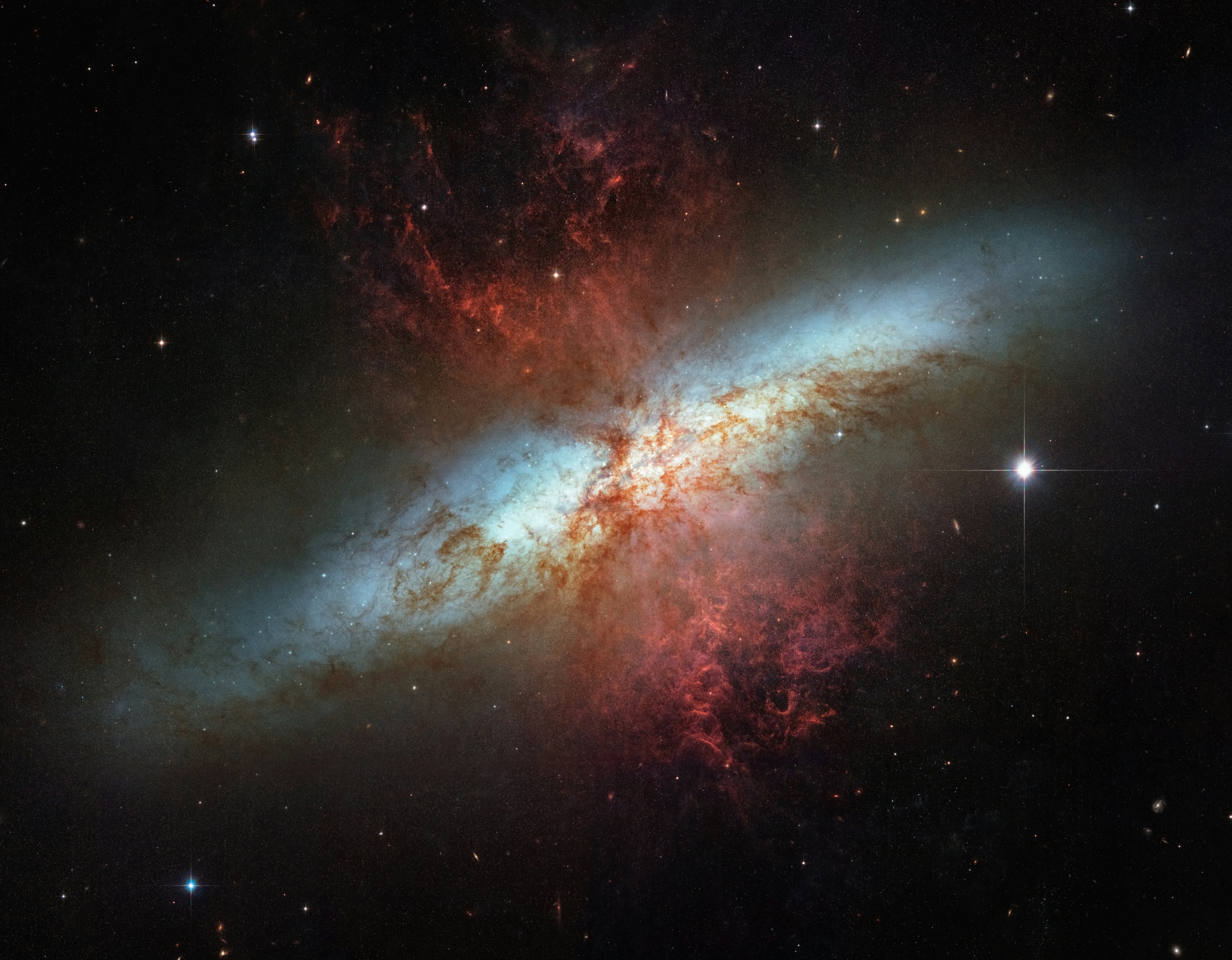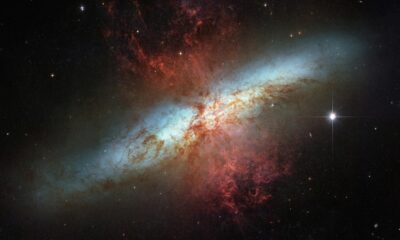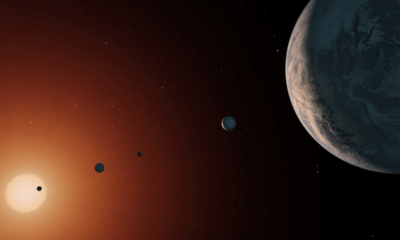Science
James Webb Space Telescope Unveils Secrets of Cosmic Dust

The James Webb Space Telescope (JWST) is revolutionizing our understanding of the universe by utilizing advanced infrared technology to penetrate cosmic dust that has concealed celestial phenomena for billions of years. Unlike traditional telescopes that observe visible light, JWST employs long infrared wavelengths to reveal hidden stars, galaxies, and nebulae, transforming how astronomers study the cosmos.
This breakthrough in cosmic dust imaging offers unprecedented detail and accuracy. With its powerful instruments, JWST is providing insights into star formation, galaxy evolution, and the early universe. The telescope’s design, which includes a massive 6.5-meter gold-coated mirror and sensitive infrared detectors, allows it to observe regions previously thought to be impenetrable.
How JWST’s Infrared Technology Works
JWST’s engineering is specifically tailored to maximize sensitivity to infrared radiation. Cosmic dust, composed of tiny particles such as carbon, iron, ice, and silicates, blocks visible light but becomes transparent in the infrared spectrum. This characteristic enables JWST to explore regions that other telescopes cannot reach.
At the heart of this capability is the telescope’s gold-coated mirror, constructed from 18 hexagonal segments that collect faint infrared signals from vast distances. The observatory operates at extremely low temperatures, around -233°C, thanks to its five-layer sunshield that effectively blocks heat from the Sun and Earth. This cooling is critical, as even slight increases in temperature can create noise that disrupts observations.
Two of JWST’s essential instruments, the Near Infrared Camera (NIRCam) and the Mid-Infrared Instrument (MIRI), illustrate the telescope’s advanced technology. Together, these instruments map cosmic dust in exquisite detail, revealing areas that once appeared as dark voids, such as the Pillars of Creation and the Carina Nebula. These previously obscured regions now display hundreds of newly formed stars and intricate molecular structures.
Significant Discoveries and Future Implications
The scientific value of JWST’s ability to penetrate cosmic dust is immense. Some of its most significant discoveries include:
– Detailed observations of star-forming regions, allowing astronomers to directly witness star birth.
– Identification of faint galaxies that emerged shortly after the Big Bang, enhancing our understanding of early cosmic history.
– Insights into the formation of planetary systems from cold, dusty disks.
The technological advancements provided by JWST are poised to shape astronomical research for decades. Its ability to observe star formation directly, rather than relying on indirect evidence, marks a significant shift in the field. Each image produced by JWST carries valuable data about temperature, chemical composition, and energy emissions. This wealth of information enables scientists to reconstruct the behavior of dust in extreme environments and understand how stars accumulate mass.
Moreover, JWST’s success paves the way for future missions. Astronomers are already planning complementary observatories that will build upon JWST’s achievements and extend exploration into different wavelengths. These endeavors aim to answer fundamental questions about the universe, such as how stars and galaxies have evolved over time.
The discoveries made by JWST also contribute to addressing humanity’s enduring questions about the formation of the universe. By shedding light on how cosmic structures developed from chaotic clouds of dust and gas into the organized universe we see today, JWST is significantly enhancing our comprehension of cosmic evolution.
As the James Webb Space Telescope continues to unveil the hidden details of the universe, its contributions to modern astronomy will undoubtedly resonate for generations. Through its advanced infrared systems, JWST has opened a new chapter in space exploration, revealing the complexities of cosmic dust and the fundamental processes that govern the cosmos.
-

 Entertainment3 months ago
Entertainment3 months agoAnn Ming Reflects on ITV’s ‘I Fought the Law’ Drama
-

 Entertainment4 months ago
Entertainment4 months agoKate Garraway Sells £2 Million Home Amid Financial Struggles
-

 Health3 months ago
Health3 months agoKatie Price Faces New Health Concerns After Cancer Symptoms Resurface
-

 Entertainment3 months ago
Entertainment3 months agoCoronation Street’s Carl Webster Faces Trouble with New Affairs
-

 Entertainment3 months ago
Entertainment3 months agoWhere is Tinder Swindler Simon Leviev? Latest Updates Revealed
-

 Entertainment4 months ago
Entertainment4 months agoMarkiplier Addresses AI Controversy During Livestream Response
-

 Science1 month ago
Science1 month agoBrian Cox Addresses Claims of Alien Probe in 3I/ATLAS Discovery
-

 Entertainment4 months ago
Entertainment4 months agoKim Cattrall Posts Cryptic Message After HBO’s Sequel Cancellation
-

 Entertainment3 months ago
Entertainment3 months agoOlivia Attwood Opens Up About Fallout with Former Best Friend
-

 Entertainment6 days ago
Entertainment6 days agoCoronation Street Fans React as Todd Faces Heartbreaking Choice
-

 Entertainment3 months ago
Entertainment3 months agoMasterChef Faces Turmoil as Tom Kerridge Withdraws from Hosting Role
-

 Entertainment4 months ago
Entertainment4 months agoSpeculation Surrounds Home and Away as Cast Departures Mount





















